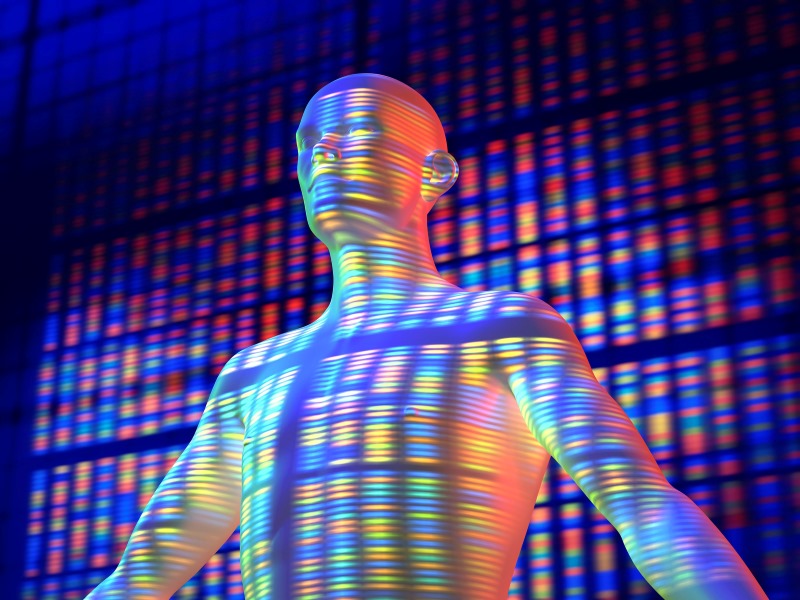About Spina Bifida
Meningocele, also known as isolated spina bifida, is related to lateral meningocele syndrome and cervical spina bifida aperta. An important gene associated with Meningocele is NOTCH3 (Notch Receptor 3), and among its related pathways/superpathways are Wnt / Hedgehog / Notch and Gene regulatory network modelling somitogenesis. The drugs Acetylcholine and Oxybutynin have been mentioned in the context of this disorder. Affiliated tissues include spinal cord, bone marrow and brain, and related phenotypes are nervous system and limbs/digits/tail
Major Symptoms of Spina Bifida
Spina bifida is a spinal cord injury that can cause permanent loss of motor or sensory function. Some of the major symptoms include back pain, leg pain, numbness or tingling in the legs, loss of muscle strength, and difficulty with standing or walking.
Suitable Lifestyle for People with Spina Bifida
Spina bifida is a spinal cord disorder that often causes low back pain, pain, and movement dysfunction. People suffering from Spina bifida need to pay attention to the following lifestyle:
1. Keep the waist stable: People suffering from Spina bifida may face waist pain and movement dysfunction, so they need to maintain a stable lifestyle to reduce these symptoms. Maintain correct posture, avoid staying in the same position for a long time, gradually increase the amount of activity, etc.
2. Avoid sitting for long periods of time: Sitting for long periods of time may aggravate the symptoms of Spina bifida, so patients should try to avoid sitting for long periods of time. If you must sit, try keeping your spine in a comfortable position or use a small cushion at your lower back.
3. Maintain appropriate exercise: Appropriate exercise can help relieve the symptoms of Spina bifida, but you need to choose according to your own situation. Patients are advised to seek medical advice before undertaking any new exercise.
4. Pay attention to diet: Spina bifida may cause malnutrition. Patients need to pay attention to a balanced diet and intake of sufficient protein, vitamins and minerals.
5. Avoid heavy objects: Patients need to avoid using objects that are too heavy to avoid increasing the burden on the spine. In short, people with Spina bifida need to maintain a stable lifestyle to avoid lower back pain and movement dysfunction. Patients should perform appropriate exercise and maintain balanced nutrition according to their own conditions to reduce symptoms.
Other Diseases
Related Products


